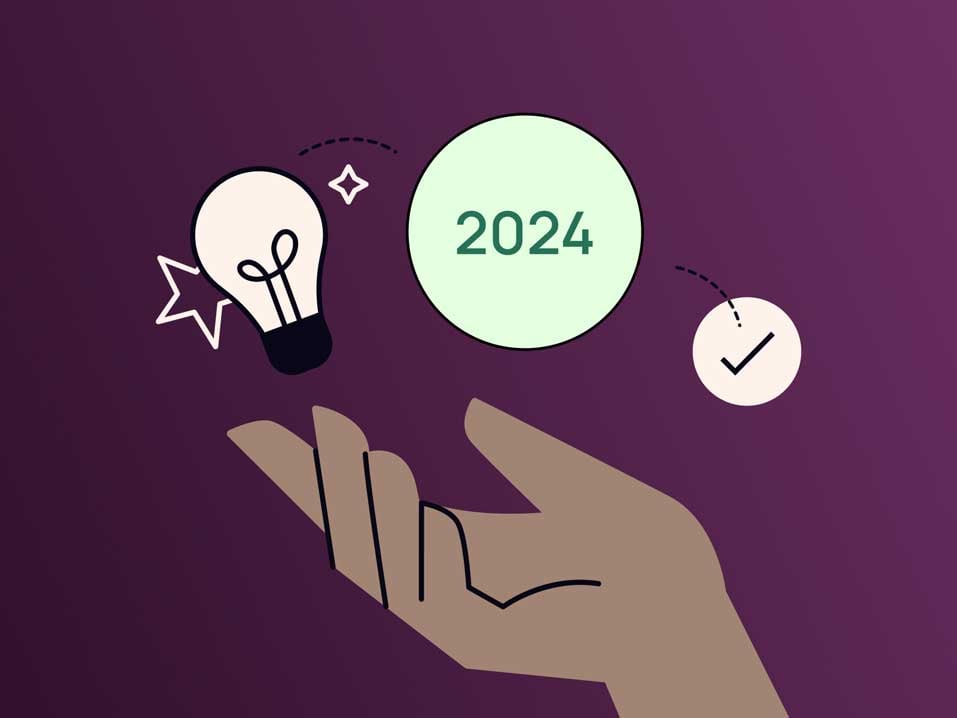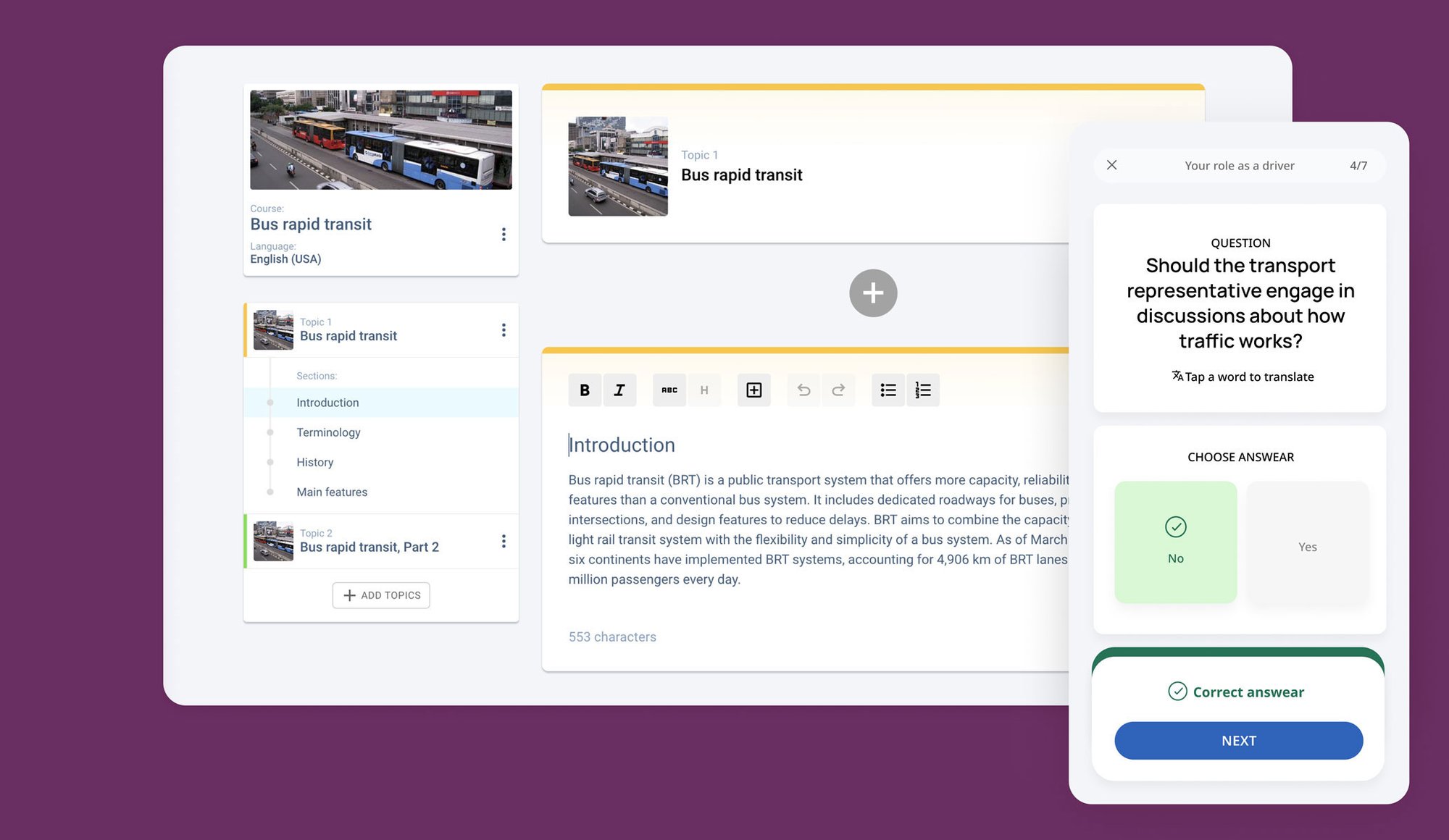FAQs
1. What are the emerging trends in training and development?
Emerging trends in training and development include generative AI and AR integration for immersive learning, personalised learning paths tailored to individual needs, and a focus on mental health and wellness. The shift to microlearning also offers concise, focused content for efficient learning. The trend of embedding education directly into work processes is also gaining traction. Another addition to new trends in learning and development is cybersecurity training, equipping employees with skills to tackle digital threats. These trends are reshaping the L&D landscape, making learning more engaging, efficient, and relevant to today's workforce needs
2. What are some effective ways to keep up-to-date with the latest L&D trends and best practices?
To stay on top of the latest trends in learning and development and best practices, consuming industry-leading resources is essential. Regularly reading industry reports, attending webinars and conferences, and participating in professional networks and online forums are effective strategies. Additionally, following publications and blogs from thought leaders is crucial. For insightful tips and best practices, the Lingio blog is an excellent resource for training professionals and managers, offering a wealth of information on the latest developments in L&D.
3. What is corporate learning and development?
Corporate learning and development (L&D) refers to the systematic process employed by organisations to enhance the skills, knowledge, and competencies of their workforce. It involves structured training programs, educational resources, and professional development opportunities designed to improve employee performance, productivity, and personal growth, aligning with the organisation's goals and objectives. L&D programs are integral to fostering a skilled, adaptable, and innovative workforce in the corporate environment.
4. What is the demand for learning and development professionals?
One of the top barriers to supporting organisational and people goals is insufficient L&D team capacity, as per the CIPD Learning at Work 2023 survey report. This suggests a growing need for more L&D specialists, particularly those who can work with advanced technologies to enhance training efficiency and effectiveness. As organisations recognise the importance of continuous employee development, the role of skilled L&D professionals becomes more crucial.
5. What are the new technologies for L&D?
New technologies revolutionising L&D include Generative AI, Augmented Reality (AR), and Virtual Reality (VR). Generative AI, as used by Lingio, transforms raw knowledge files into comprehensive course content in seconds, streamlining the creation of personalised and effective learning materials. AR and VR technologies create immersive and interactive training environments, enhancing learner engagement and providing realistic simulations for hands-on experience. These advancements are key in making L&D more adaptable, engaging, and aligned with the specific learning needs of individuals.








